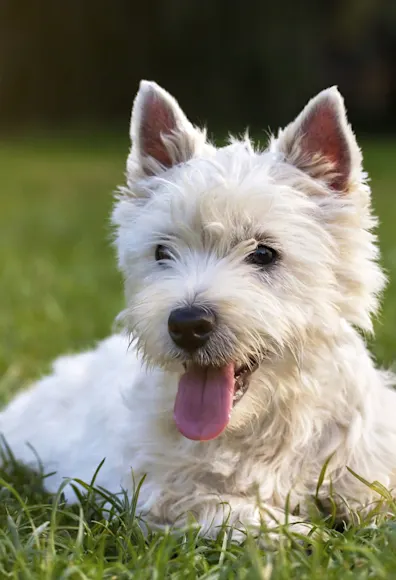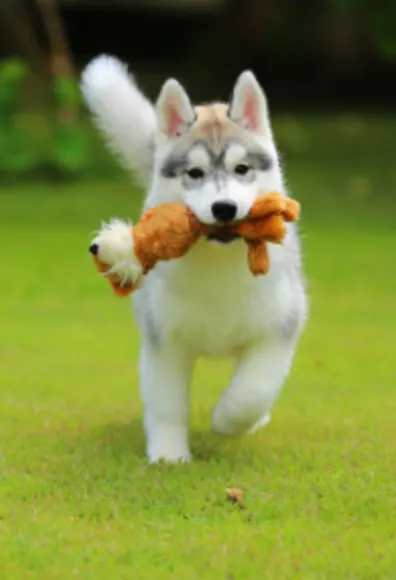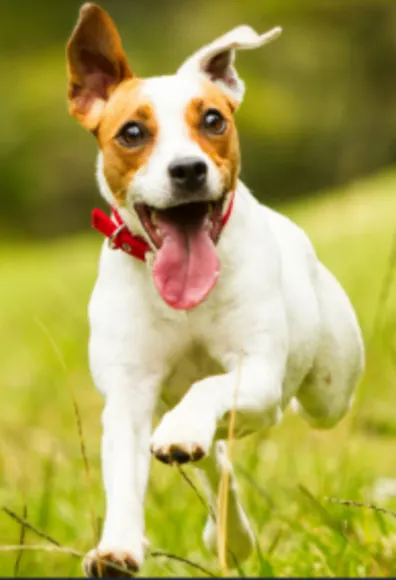Upper Canada Animal Hospital

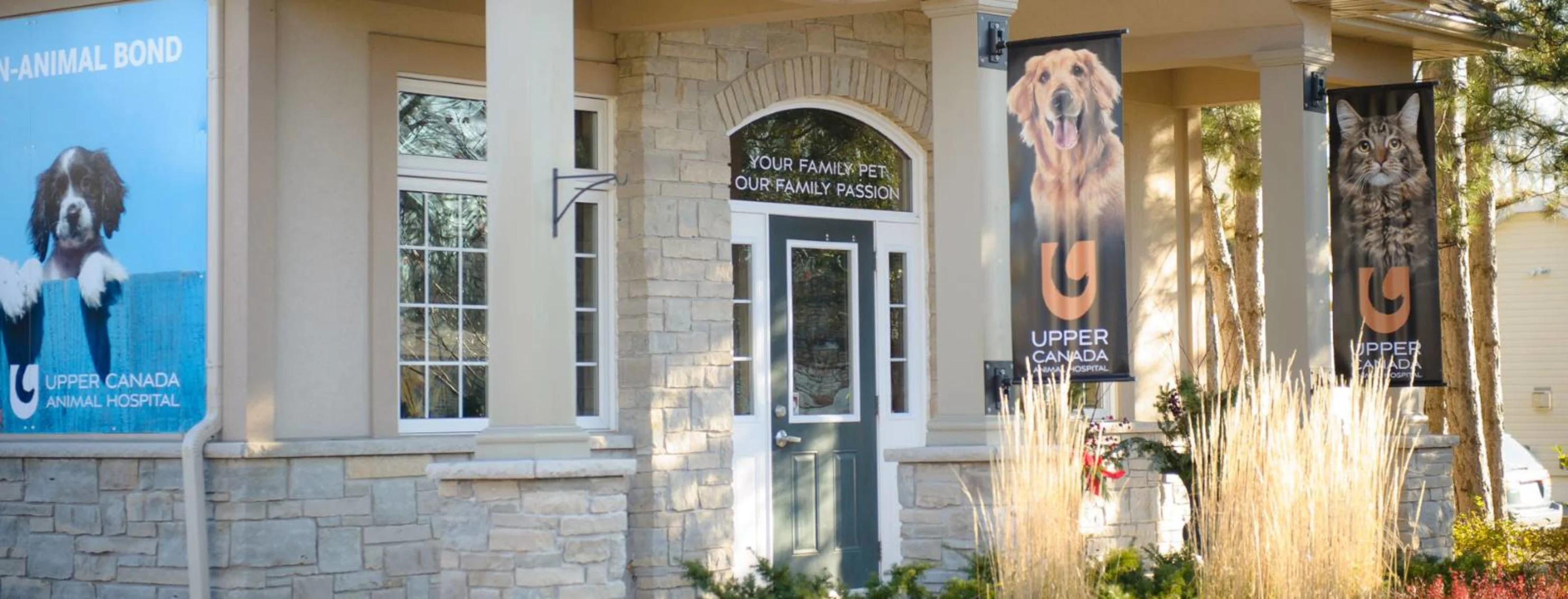

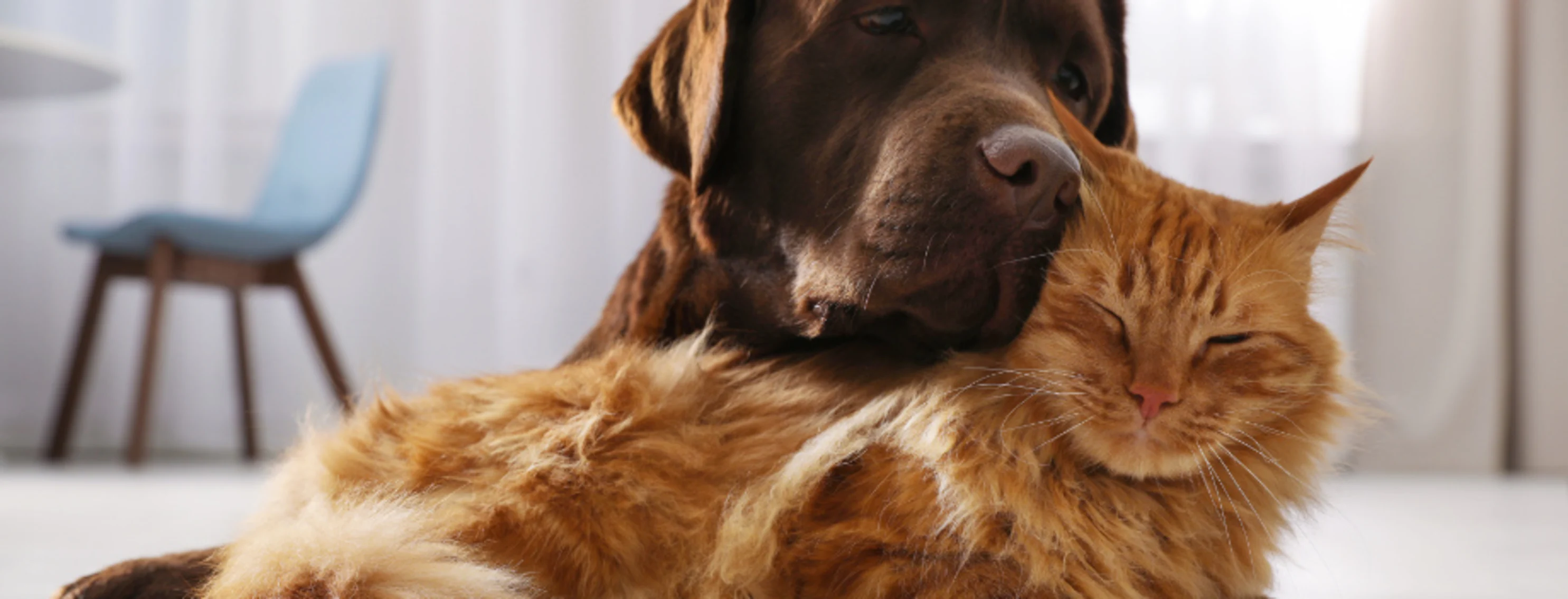
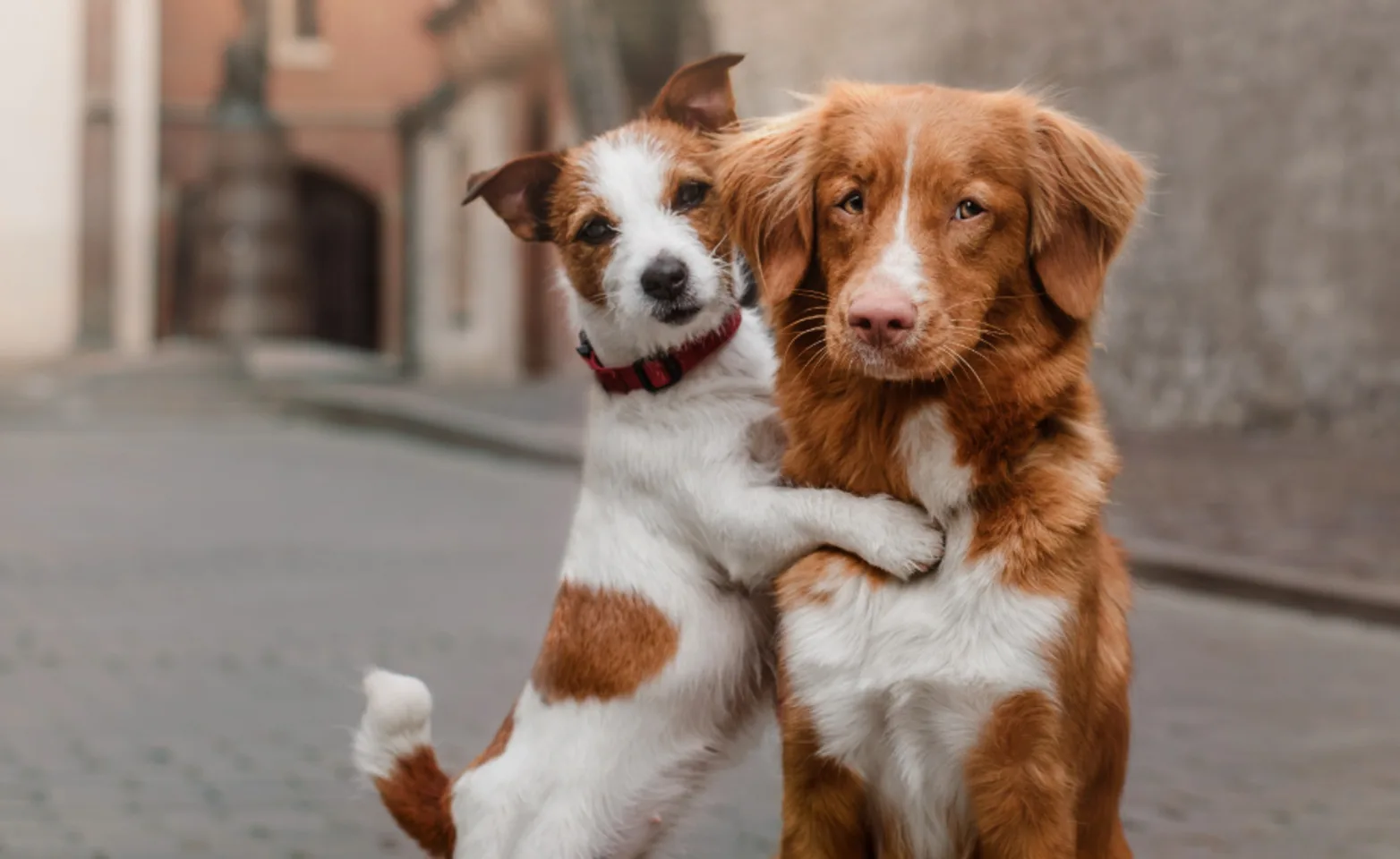
Share the love, refer your friends!
$25 for you, $25 for a friend
Upper Canada Animal Hospital genuinely appreciates referrals and is honored by the number of clients who recommend us to their friends and family members. Referring new clients to our hospital is as easy as 1,2, and 3!
Tell your family and friends about us.
Make sure they mention you when they visit us.
You both get $25 off your next visit.
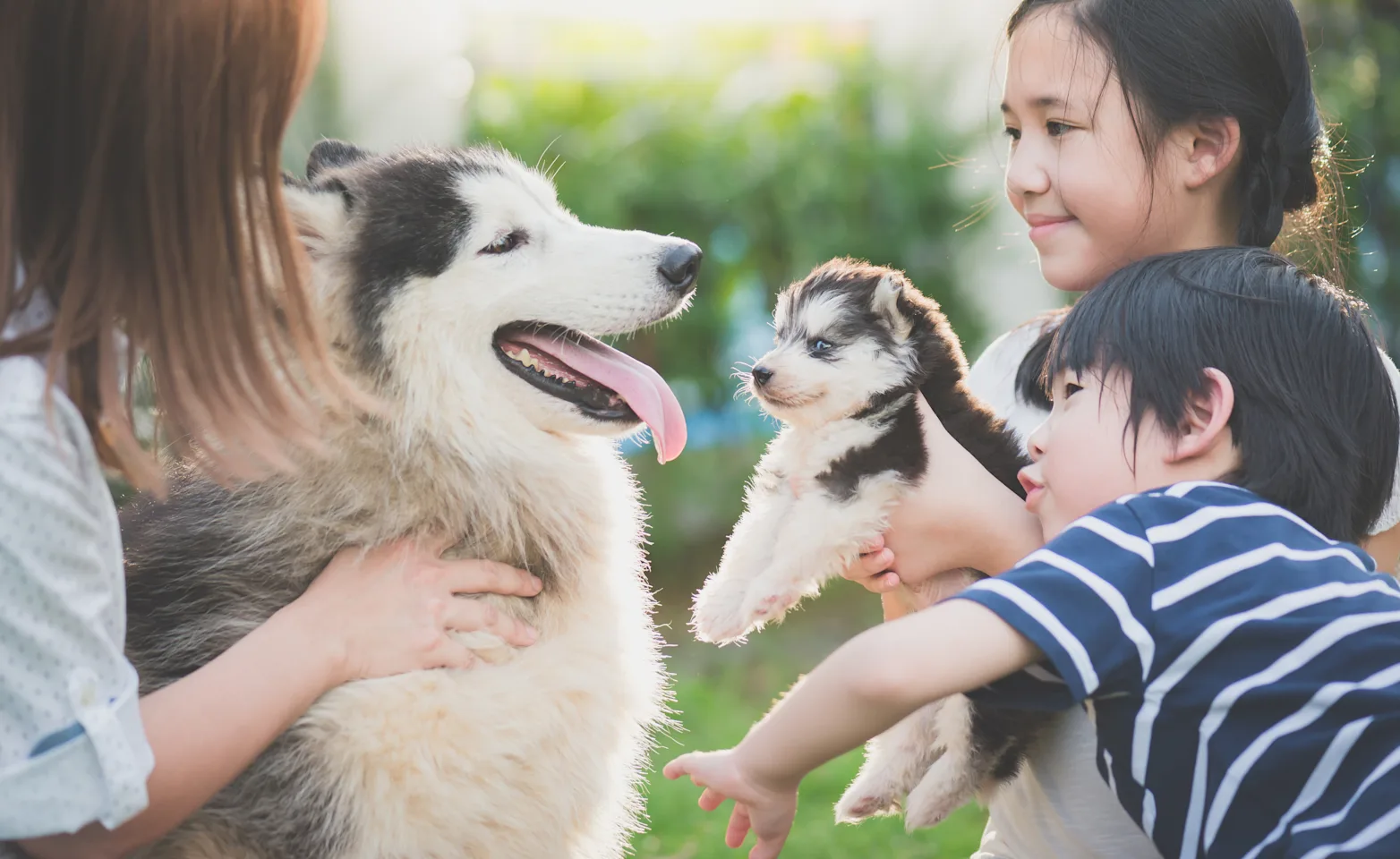
Our Philosophy
While we can never attain perfection, in the pursuit of perfection we can attain excellence. This is our commitment to you and your family, for you deserve no less.
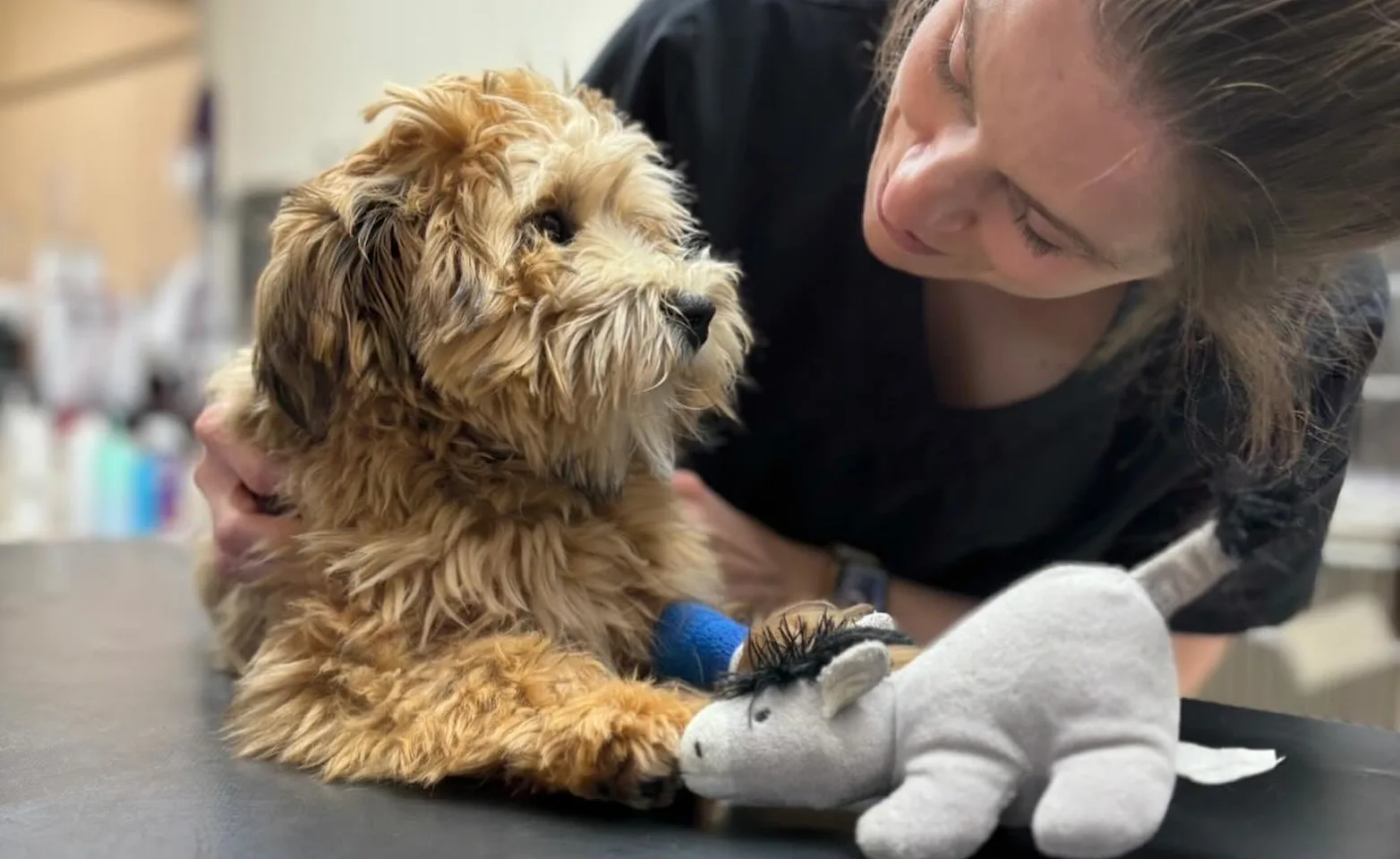
Orthopedic Veterinary Surgeons Provide Expert Treatment for Your Pet
Dr. Jim Turpel treats injuries of bones and joints incorporating the latest technologies, equipment and methodologies. He has been trained by numerous world-renowned surgeons from throughout North America, Europe and the United Kingdom.
Your pet’s well-being is very important to us. Our team is skilled in understanding the numerous orthopedic conditions your pets may face. Our hospital is designed for comfort and is a family-friendly environment.
Client Testimonials & Reviews
We value our clients’ experience at Upper Canada Animal Hospital. Here’s what some people are saying about us.
From start to finish, the care provided to my dog, Huey, was absolutely exceptional. Dr. Turpel has a wonderful gift with being able to bond with Huey and as per reviews many others! It’s clear that he genuinely cares about Huey's well-being. He took the time to explain everything thoroughly and made sure Huey was comfortable every step of the way.
Chelsea H.
I am thrilled to share my experience with Upper Canada Animal Hospital! From the moment we walked in, it was clear that the entire team genuinely cares about both animals and their owners. Dr. Turpel’s dedication to the health and mental well-being of animals is inspiring! He takes the time to explain everything, ensuring that we felt informed and confident about our dog’s care.
James E.
I was amazed at the care my pet Max received at U.C.A.H., a little over a year ago I had to put one of my goldens down because of his torn CCL. I had no idea that a Zlig procedure (CCL Ligament replacement), was available. Max is doing amazingly well, having the procedure performed a week ago he is walking with a slight limp, but improving daily, Thank you Dr. Turpel and all the dedicated staff for Max's care.
Pat D.
